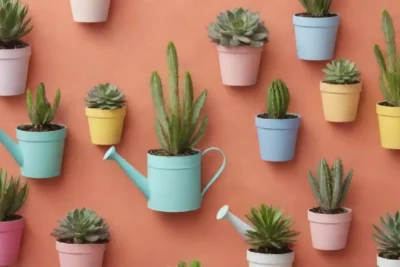
Do Succulents Need More Water in Summer? Myths Debunked
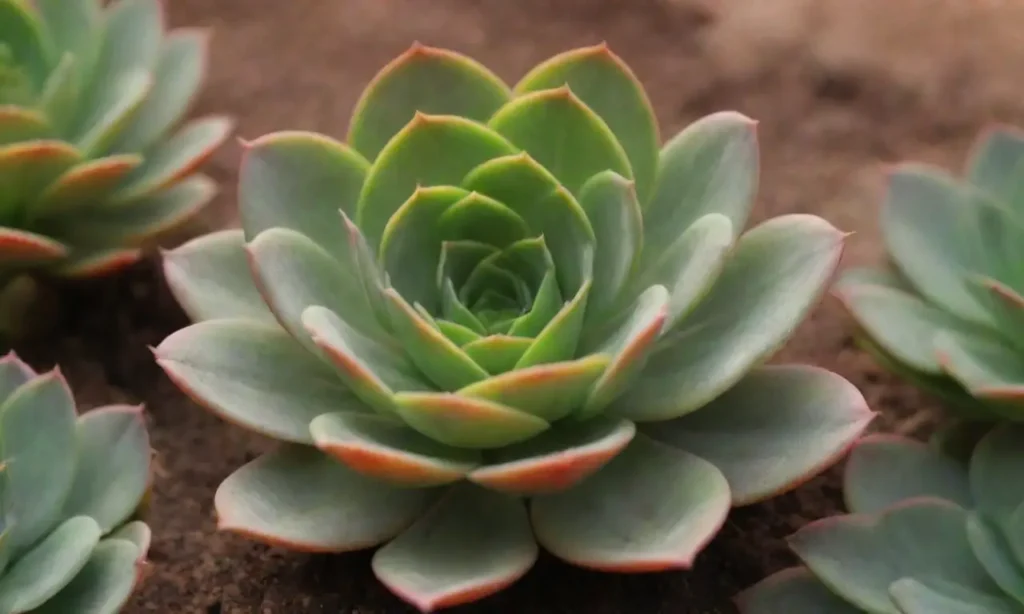
Introduction
Succulents, those fascinating plants that have captured the hearts of many gardeners and plant enthusiasts alike, thrive in a wide range of environments. Known for their unique structures and ability to store water, they are often misconceived in their watering needs, particularly during the hot summer months. It is essential to understand their actual requirements to help them flourish, and debunking myths is a crucial step in this journey.
This article will explore the topic of succulent watering in summer. We will examine common myths surrounding their water needs, the factors contributing to their unique watering behavior, and practical tips for ensuring they receive the right amount of moisture at the right time. By the end of this article, you will be better equipped to care for your succulents through the sweltering summer heat.
Understanding Succulents and Their Watering Needs
Succulents are a diverse group of plants known for their thick, fleshy tissues adapted to storing water. This adaptation allows them to thrive in arid environments where resources can be scarce. The term 'succulent' encompasses not only popular varieties such as aloe vera and jade plants but also extends to cacti—a common misconception since cacti are a specific group within succulents.
Understanding the physiology of succulents is key to grasping their watering needs. Their fleshy leaves and stems are designed to retain moisture, which means that these plants do not require frequent watering. Instead, they endure longer periods without it. During summer, many assume that increased heat necessitates increased watering; however, this is not always the case. Overwatering can be a significant issue, leading to root rot and other conditions detrimental to succulent health.
Moreover, other factors influence watering needs, such as pot type, medium, and environmental conditions. Well-draining soil and pots with drainage holes are essential to prevent excess water accumulation. In addition, if your succulents are placed outside in direct sunlight, they might need different care than those kept indoors or in shaded areas.
Common Myths About Succulent Watering
Myth 1: Succulents Need Daily Watering in Summer
One of the most common myths is that succulents need to be watered daily during the summer months. This misconception often arises from observing how other types of plants respond to heat. However, daily watering is rarely necessary for succulents due to their unique adaptations.
Succulents can often thrive on a weekly to bi-weekly watering schedule, depending on the environment. Factors such as increased humidity or high temperatures can play a role in how quickly your succulents deplete their stored moisture. The best practice is to assess the soil moisture—if the top inch or so of soil feels dry, it is time to water.
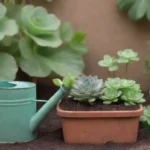 Signs of Underwatering: How to Bring Your Succulents Back to Life
Signs of Underwatering: How to Bring Your Succulents Back to LifeDaily watering could easily lead to over-saturation, which is detrimental to succulents. When the soil remains perpetually damp, it prevents air circulation to the roots, inviting harmful fungi and bacterial growth. Thus, monitoring soil moisture rather than adhering to a strict schedule is essential for maintaining healthy succulents.
Myth 2: All Succulents Require the Same Watering Routine
Another prevalent myth is that all succulents share the same watering habits. While many succulents have similar general needs due to their adaptations, there are significant variations among specific species. For example, jade plants, Echeveria, and Haworthia might have different tolerances towards moisture levels and humidity.
Some less-demanding varieties, often referred to as "hardy succulents," can withstand neglect and extreme summer conditions. However, more sensitive species, particularly those that thrive in humid environments, may require more attention to their watering routine. Failing to consider a particular plant's needs may result in stress or deterioration, impacting its growth and overall health.
Doing research on the specific succulent you own or plan to adopt can provide a better understanding of its requirements. Consult resources or experienced succulent growers to determine the optimal conditions to promote growth and vibrant health.
Myth 3: Soaking Succulents Once a Month is Sufficient
A third myth that deserves debunking is the idea that soaking succulents once a month is adequate. While it is true that succulents prefer thorough watering sessions where the soil is saturated, this approach needs to be tailored to individual needs. The "soak and dry" method refers to watering until water drains from the bottom of the pot, allowing the plant to absorb moisture before allowing the soil to dry out completely.
However, the frequency of this action varies significantly based on environmental conditions. In warmer months, succulents may require more frequent soaking sessions as they utilize stored water more rapidly. Conversely, succulents in cooler climates or with less exposure to sunlight may require extended time between watering.
Over-reliance on a once-a-month schedule could lead to plants becoming dehydrated or waterlogged, both of which are harmful. Instead of adhering to a rigid timeline, adopting a flexible approach based on soil moisture levels will promote better growth and health for succulent varieties.
 Can Succulents Survive Drought? Understanding Their Water Needs
Can Succulents Survive Drought? Understanding Their Water NeedsBest Practices for Watering Succulents in Summer
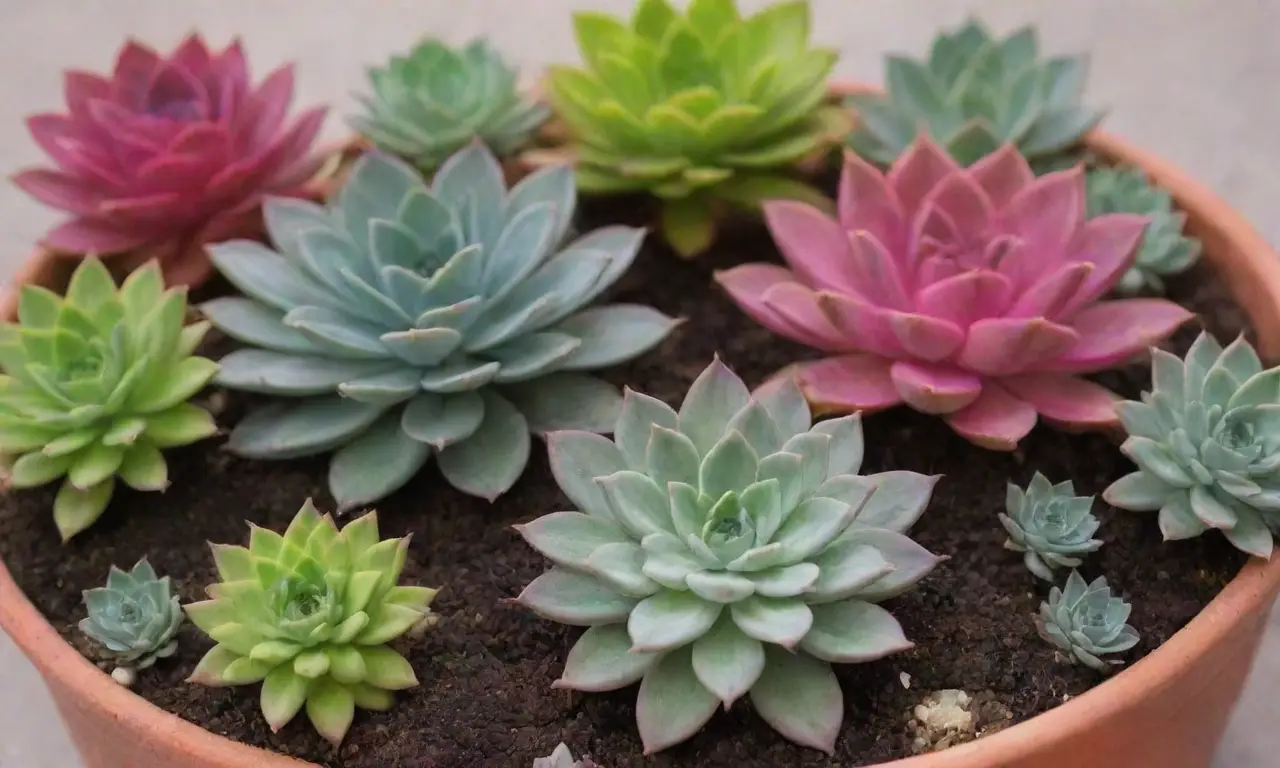
Assess Soil Moisture Regularly
One of the best practices for watering succulents during the hot summer months is to assess soil moisture regularly. Rather than following a strict timeline, familiarize yourself with the moisture retention of your specific soil mix and environmental conditions.
To check the soil moisture, insert your finger about an inch into the soil. If it feels dry to the touch, it is an indicator that your succulent is ready for water. Using a moisture meter or simply lifting the pot can help provide additional insight into the soil's condition. The weight of a pot increases significantly when the soil is wet, so practice this technique for accurate conditions.
Succulents situated in smaller pots tend to dry out faster than those in larger containers due to the limited amount of soil. If your plants are outdoors and subjected to direct sunlight, you may need to check moisture levels more frequently, as the heat can cause rapid evaporation.
Watering Techniques for Summer
When watering succulents in summer, adopting the right techniques is paramount. The most effective method involves a thorough soaking to encourage deep root growth. This can be achieved by ensuring that water reaches the bottom of the pot, allowing the soil to absorb moisture effectively.
Use a watering can with a spout designed for precise pouring. Simply pour water around the base of the plant until it begins to drain from the bottom. If your succulents are in succulent mix soil, it likely has excellent drainage properties that foster retention without waterlogging.
Consider placing your succulents in a shaded area after watering if temperatures are scorching, allowing the plants to gradually acclimate to the heat while minimizing the risk of sunburn. Monitoring for any signs of excessive moisture is essential; yellowing leaves may signal overwatering, while shriveling leaves can indicate dehydration.
 Watering Your Succulents: The Best Tools and Equipment to Use
Watering Your Succulents: The Best Tools and Equipment to UseLearning Seasonal Changes
Succulent care involves observing and adapting to seasonal changes. As summer approaches, the increased temperatures may necessitate adjustments to your watering routine, but autumn brings cooler temperatures leading to slower growth rates. This generally means a decrease in moisture requirements.
Make use of a calendar or journal to track your watering schedule and note any decisive changes in the plants’ health or appearance. This will help you develop a better understanding of your succulents' behavior throughout the year and improve your care regimen accordingly.
Conclusion
Understanding whether succulents need more water in summer requires dispelling common myths and seeking knowledge rather than relying on assumptions. Recognizing that succulents have unique watering needs based on their biology and environmental factors is vital for their success.
Underestimating or overestimating their watering requirements can lead to complications ranging from dehydration to rot, both of which can greatly impact your plant's vitality. By being attentive to individual plant species and regularly assessing soil moisture, you'll be well on your way to ensuring your succulents thrive year-round.
As we explored in this article, succulents do not typically require daily watering, do not all share the same watering needs, and soaking them once a month may not provide adequate moisture. Instead, a thorough understanding of your plant's requirements, coupled with ongoing assessment of environmental factors, can bring you closer to cultivating healthy, vibrant, and thriving succulent plants.
By recognizing these truths, you can confidently care for your plants, ultimately enjoying the beauty and benefits they offer while expanding your knowledge of succulent care and gardening practices. Embrace the journey and keep your succulents hydrated!
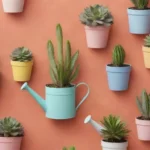 How to Water Outdoor Succulents: Seasonal Considerations
How to Water Outdoor Succulents: Seasonal ConsiderationsIf you want to read more articles similar to Do Succulents Need More Water in Summer? Myths Debunked, you can visit the Watering needs category.

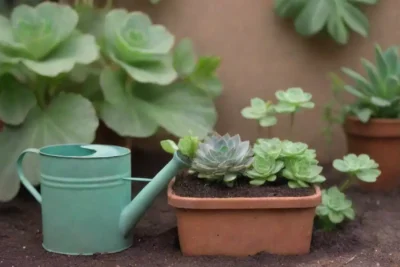
You Must Read